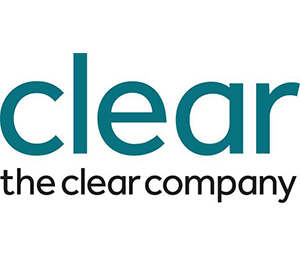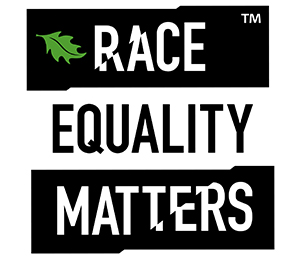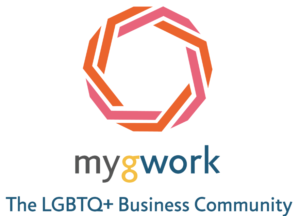Employee burnout is on the rise in the US, with nearly 36% of workers feeling exhausted by their jobs, according to new research.
Even more concerning is that 33% of workers report feeling more burned out now than they did a year ago, revealed the study from talent solutions firm Robert Half. So, what’s fuelling this workplace fatigue? Robert Half’s survey of nearly 2,000 professionals found three primary culprits:
- Heavy workloads and long hours (40%)
- Lack of support or recognition from managers (30%)
- Few professional growth opportunities (27%)
EMPLOYEE BURNOUT
Certain demographics are experiencing burnout at even higher rates:
- Gen Z (39%) and Millennials (40%) are struggling more than older generations.
- Working parents (38%) are finding it hard to balance job demands with home responsibilities.
- Professionals at small and midsize businesses (37%) report elevated burnout levels, likely due to limited resources and staffing shortages.
“With burnout on the rise, managers must take steps to monitor workloads, maintain open communication, and support employee well-being,” noted Dawn Fay, Operational President at Robert Half.
BUSINESS COST OF EMPLOYEE BURNOUT
Burnout doesn’t just impact individual employees, it’s creating ripple effects across companies struggling to fill positions. A separate Robert Half survey of over 1,600 hiring managers found that unfilled roles lead to:
- Increased burnout among remaining employees (42%)
- Delayed project timelines (39%)
- Decreased productivity of existing staff (37%)
- Higher employee turnover (36%)
“Burnout is not just an employee issue – it’s a critical business challenge,” Fay explained. “Employers who fail to address it risk falling behind on key projects and losing top talent.”
HOW TO TACKLE EMPLOYEE BURNOUT
Burnout is a growing concern for employees and businesses alike. By taking proactive measures to support wellbeing, companies can retain top talent, maintain productivity, and foster a healthier work environment. To counter rising burnout levels, the study recommends the following key strategies:
- Encourage time off: Promote mental health days and vacations to allow employees to recharge.
- Help prioritise projects: Support employees in managing deadlines and workloads more effectively.
- Hire additional support: Bring in contract professionals to ease workloads and prevent overburdening staff.
- Recognise & appreciate: Acknowledge hard work and achievements to boost morale.
- Foster open communication: Create a culture where employees feel comfortable discussing workload concerns.
RELATED ARTICLES
Employee burnout among the US workforce remains high at 45%, according to a study.
Employee burnout among the US workforce remains high, research has revealed.








































